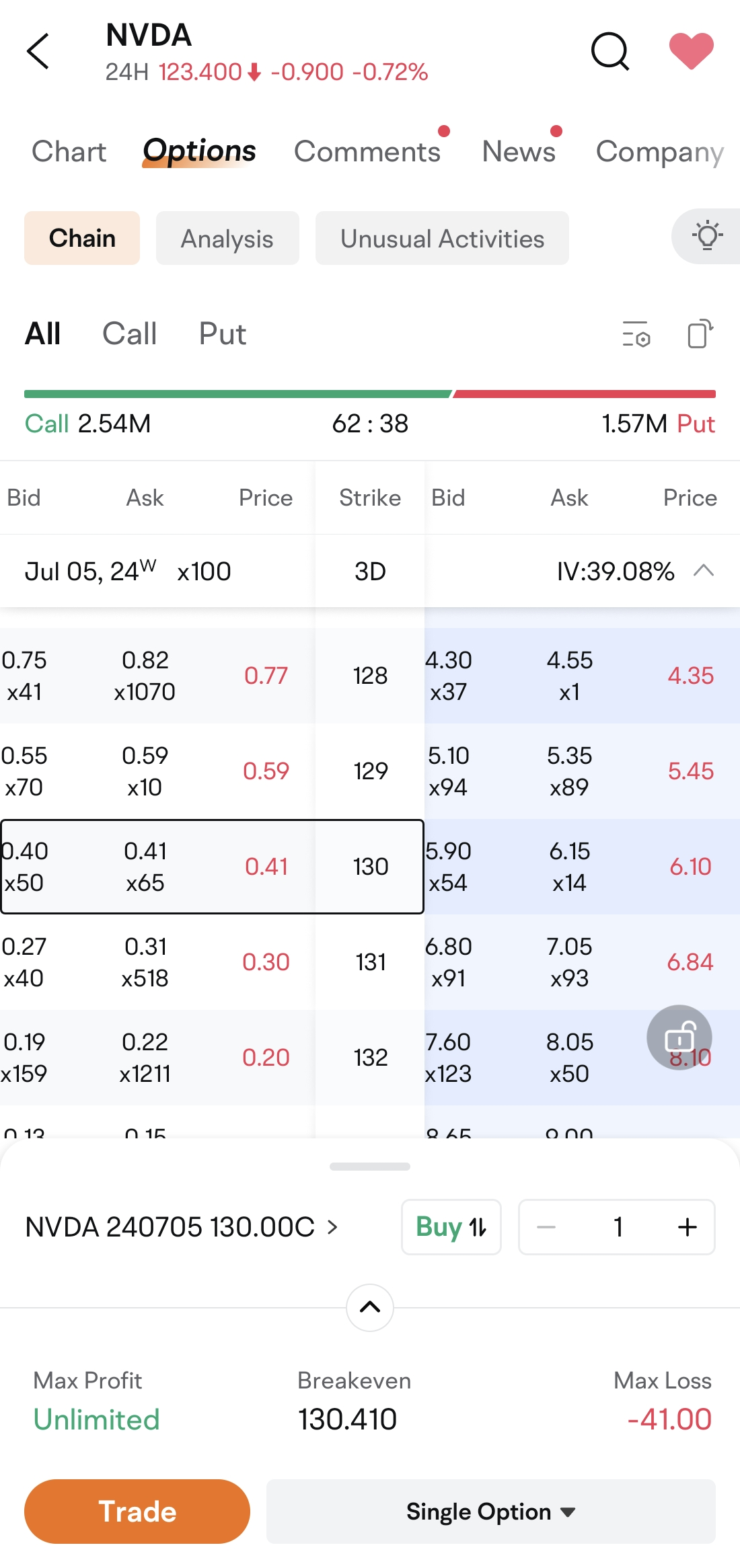If you do not hold the underlying stock at the time of assignment, the system will automatically use the cash/margin in your account to buy the stock for delivery. If the cash/margin is insufficient, the system will automatically liquidate other assets in your account to fulfill the exercise settlement, which may cause unnecessary losses. Therefore, it is recommended that you constantly monitor your account status and ensure sufficient cash/margin is available.



玖猜 : Support point 118
White_Shadow : up trend continues
White_Shadow 玖猜 : doubt it
dynamic Goose_3204 : Great explanation of option strategy.
74079706 : Thank you!
Midnite52 : they.ll be around. in the next 8 years it'll be a penny stock
73944362 : french